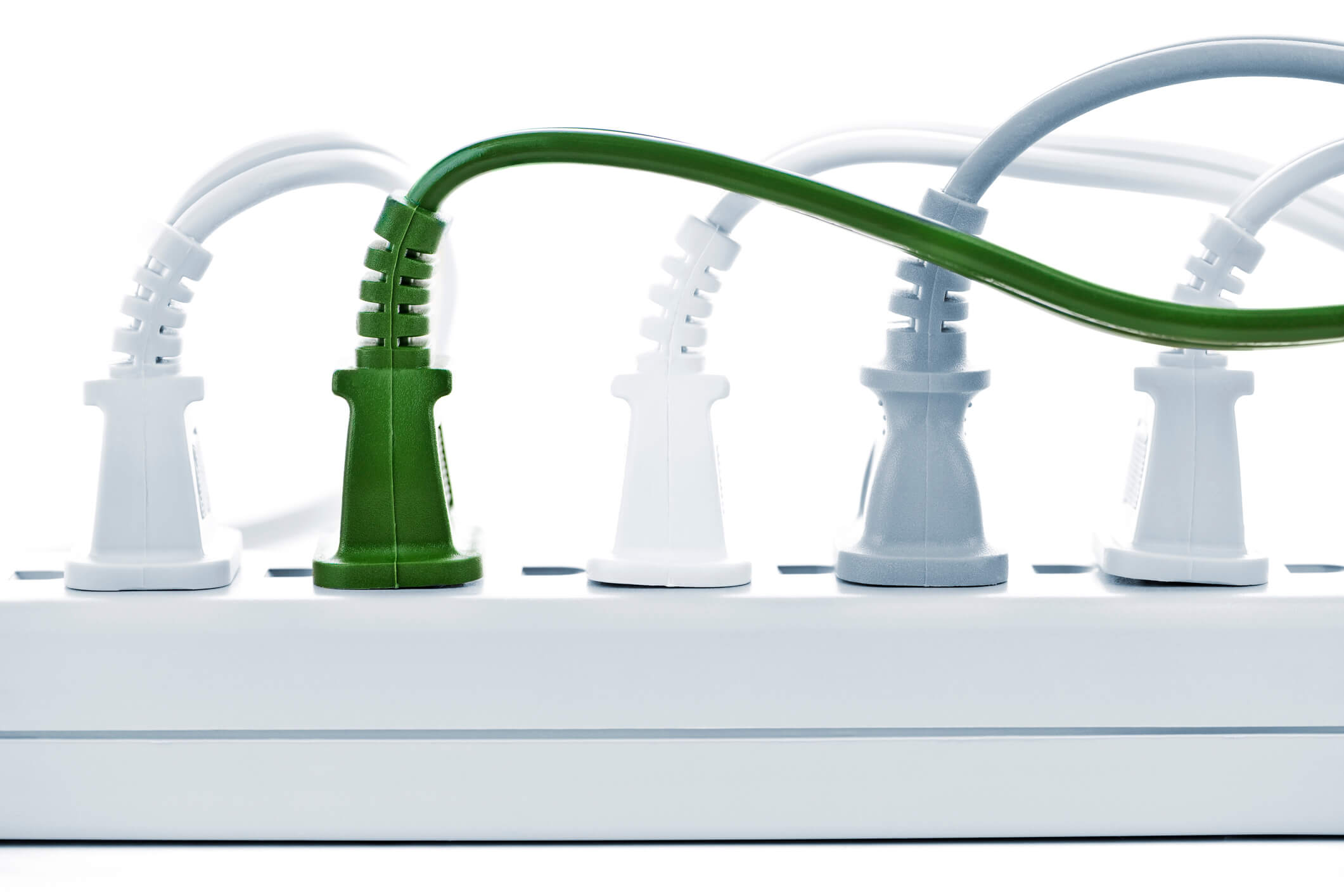

Articles
How Much Electricity Does A Power Strip Use
Modified: August 28, 2024
Discover how much electricity power strips use and learn how to save energy with our informative articles on power strip usage.
(Many of the links in this article redirect to a specific reviewed product. Your purchase of these products through affiliate links helps to generate commission for Storables.com, at no extra cost. Learn more)
Introduction
Power strips are a common sight in households and offices, providing an easy way to plug in multiple devices and expand the number of available electrical outlets. However, have you ever wondered how much electricity a power strip actually consumes? Understanding the energy usage of power strips is essential for both conserving energy and managing electricity bills.
In this article, we will delve into the world of power strip electricity usage. We’ll explore what power strips are, how electricity consumption is measured, the factors that determine power strip electricity usage, and how to calculate power strip energy consumption. We’ll also address common misconceptions about power strip electricity usage and provide energy-saving tips for more efficient power strip usage.
Whether you’re a homeowner looking to reduce your energy consumption or an office manager aiming to improve energy efficiency in the workplace, this article serves as a comprehensive guide to understanding power strip electricity usage.
Key Takeaways:
- Power strips consume electricity based on the number and power ratings of connected devices, usage duration, and standby power. Understanding these factors helps in making informed decisions for efficient energy usage.
- Debunking misconceptions about power strip electricity usage and implementing energy-saving tips can lead to reduced energy consumption, lower electricity bills, and a more sustainable approach to daily energy use.
What is a power strip?
A power strip, also known as an extension block, power board, or surge protector, is a device that allows multiple electrical appliances or devices to be connected to a single power outlet. It features multiple outlets, typically ranging from four to ten, with a power cord that connects to the wall socket.
Power strips come in various designs and configurations, offering different features such as surge protection, USB ports, and power switches. Surge protectors are designed to protect connected devices from voltage spikes or surges, which can occur during electrical storms or when there are fluctuations in the power grid.
Power strips are commonly used in homes, offices, and various commercial settings where there is a need for multiple power outlets in close proximity. They provide convenience and flexibility by eliminating the need for multiple wall sockets and allowing users to power multiple devices simultaneously from a single power source.
Aside from the basic function of providing additional power outlets, power strips also offer a level of safety. With the use of surge protectors, power strips can prevent electrical surges from damaging sensitive electronic devices, such as computers, televisions, and gaming consoles.
It’s important to note that power strips should be used within their specified electrical load limits. Each power strip has a maximum power rating, measured in terms of amps or watts, beyond which it may become a fire hazard. Therefore, it’s crucial to understand the electrical requirements of the devices plugged into the power strip and ensure that they do not exceed the power strip’s maximum load capacity.
In summary, a power strip is a versatile device that provides additional power outlets, convenience, and in some cases, surge protection. They are commonly used in various settings to expand the number of available electrical connections and facilitate the use of multiple devices or appliances.
Understanding electricity usage
Before delving into the specifics of power strip electricity usage, it’s important to have a basic understanding of how electricity is measured and consumed. Electricity usage is typically measured in kilowatt-hours (kWh), which represents the amount of energy consumed over a period of time.
The amount of electricity used by a device or appliance depends on its power consumption, which is measured in watts (W) or kilowatts (kW). The power consumption of a device indicates how much energy it consumes per unit of time when operating at full capacity.
For example, a device with a power rating of 100 watts would consume 0.1 kilowatts of electricity every hour. If this device operates for 10 hours, it would consume 1 kilowatt-hour (kWh) of electricity (0.1 kW x 10 hours).
It’s important to note that the actual electricity usage of devices can vary depending on several factors. Devices may not always operate at their full capacity, and some devices may have energy-saving features or modes that reduce power consumption when not in use. Furthermore, devices that are on standby mode or in sleep mode may still consume a small amount of electricity, often referred to as “standby power” or “vampire power.”
Understanding electricity usage is crucial for managing energy consumption and reducing electricity bills. By monitoring the power consumption of different devices and appliances, individuals and businesses can identify energy-saving opportunities, make informed decisions about their electricity usage, and adopt more efficient practices.
Now that we have a basic understanding of electricity usage, let’s explore the factors that contribute to power strip electricity consumption.
Factors that determine power strip electricity usage
Several factors come into play when determining the electricity usage of a power strip. Understanding these factors can help you gauge the energy efficiency of your power strip and make informed decisions about its usage. Here are the key factors that influence power strip electricity consumption:
1. Number of devices: The more devices connected to a power strip, the higher the electricity usage. Each device draws a certain amount of power to operate, so the total power consumption increases with the number of devices plugged in.
2. Power rating of devices: The power consumption of individual devices, measured in watts or kilowatts, affects the total electricity usage of the power strip. Devices with higher power ratings consume more electricity than those with lower ratings.
3. Usage duration: The length of time the power strip is active also affects electricity usage. If devices are left plugged in and turned on for extended periods, the power strip will consume more electricity.
4. Standby power: Some devices continue to consume a small amount of electricity even when in standby mode or not actively being used. When these devices are connected to a power strip, the standby power consumption contributes to the overall electricity usage.
5. Surge protection: Power strips with surge protection may consume additional electricity to maintain the surge suppression functionality. While this may be a minimal amount, it is worth considering when assessing power strip electricity usage.
6. Efficiency of the power strip: The design and quality of the power strip can impact its energy efficiency. Some power strips may have built-in features such as energy-saving switches that reduce or cut off power to certain outlets when not in use, helping to minimize electricity usage.
7. Power strip age and condition: Over time, power strips may degrade or become less efficient, which can affect their electricity usage. Checking the condition and performance of the power strip regularly is essential to ensure optimal energy efficiency.
By considering these factors, you can gain insights into how your power strip consumes electricity. This knowledge will enable you to make conscious choices about power strip usage and adopt energy-saving practices to reduce electricity consumption.
Unplug your power strip when not in use to save electricity. Even when turned off, power strips can still draw a small amount of power, known as standby power or vampire power.
How to calculate power strip electricity consumption
Calculating the electricity consumption of a power strip is relatively straightforward. By considering the power ratings of the devices plugged into the power strip and the duration of their usage, you can estimate the amount of electricity consumed. Here’s a step-by-step guide on how to calculate power strip electricity consumption:
1. Determine the power ratings: Identify the power ratings (in watts or kilowatts) of the devices plugged into the power strip. Power ratings can usually be found on the devices themselves or in their user manuals.
2. Add up the power ratings: Sum up the power ratings of all the devices connected to the power strip. This will give you the total power consumption of the devices in the power strip.
3. Convert wattage to kilowatts: If necessary, convert the total power consumption from watts to kilowatts by dividing by 1000. For example, if the total power consumption is 2000 watts, the equivalent in kilowatts would be 2 kW (2000 watts ÷ 1000).
4. Estimate the usage duration: Determine the average duration of time that the devices plugged into the power strip are active or in use. This could be daily, weekly, or monthly usage. For example, if the devices are used for an average of 3 hours per day, multiply the total power consumption by 3 (in kilowatt-hours) to estimate daily consumption.
5. Calculate the power strip electricity consumption: Multiply the average daily consumption by the number of days in the selected duration. For instance, if the average daily consumption is 6 kWh and the selected duration is one month (30 days), the estimated power strip electricity consumption would be 180 kWh (6 kWh x 30 days).
It’s important to note that this calculation provides an estimation and may not account for variations in power usage or standby power consumption. Moreover, this calculation assumes that all devices connected to the power strip are active simultaneously. However, in reality, devices may not operate at their full power or may not be in use at the same time.
By calculating power strip electricity consumption, you can gain insight into the energy usage and plan more efficiently. It also enables you to make informed decisions about the devices you choose to plug into the power strip and identify potential energy-saving measures.
Common misconceptions about power strip electricity usage
When it comes to power strip electricity usage, there are several misconceptions that can lead to misunderstandings and confusion. Let’s address some of these common misconceptions and clarify the facts:
1. Power strips consume electricity even when not in use: This is a common belief, but it’s not entirely accurate. While power strips are designed to be plugged in at all times, they only consume electricity when devices connected to them are actively drawing power. However, it’s important to be aware that some devices may consume standby power, even when turned off or in standby mode.
2. Power strips cause energy wastage: Power strips themselves do not waste energy. They are designed to provide additional outlets and convenience. The energy consumption depends on the devices plugged into the power strip and how they are used. It’s important to manage device usage and turn off devices when not in use to minimize energy wastage.
3. Surge protectors in power strips consume excessive energy: While it’s true that surge protectors in power strips consume a small amount of energy, it is usually negligible compared to the overall power consumption of the connected devices. The benefits of surge protection usually outweigh the minimal energy usage.
4. Power strips reduce the lifespan of electronic devices: This is a misconception. Power strips do not directly affect the lifespan of electronic devices. However, inadequate surge protection or poor-quality power strips may fail to protect electronic devices from power surges, which can potentially damage the devices.
5. Power strips consume a fixed amount of energy regardless of the devices plugged in: The energy consumption of a power strip depends on the devices plugged into it. Different devices have different power ratings, and the total power consumption will vary accordingly. It is important to consider the power ratings of individual devices to accurately estimate the electricity usage of the power strip.
6. All power strips are created equal: Power strips come in various designs and qualities. Some power strips may offer additional features, such as energy-saving switches or surge protection. It’s important to choose power strips based on your specific needs and ensure they meet safety standards.
By debunking these misconceptions, it becomes easier to understand the actual impact of power strip electricity usage. Power strips themselves are not significant sources of energy consumption, but it’s essential to be mindful of the devices connected to them and adopt energy-saving practices to optimize electricity usage.
Energy-saving tips for power strip usage
Using power strips efficiently can help conserve energy and reduce electricity costs. Here are some energy-saving tips to maximize the benefits of power strip usage:
1. Use power strips with energy-saving features: Opt for power strips that offer energy-saving switches or timers. These features allow you to cut off power to specific outlets when devices are not in use, reducing standby power consumption.
2. Unplug devices when not in use: When devices are not actively being used, unplug them from the power strip. Standby power consumption can still occur even when devices are turned off but remain plugged in.
3. Be mindful of vampire power: Vampire power refers to the small amount of power consumed by devices even when they are in standby mode. Consider unplugging devices or using smart power strips that automatically cut off power to inactive devices to minimize vampire power.
4. Turn off power strips when not needed: If you have a power strip that is not in use for an extended period, such as overnight or when you are away from home, turn it off using the switch or unplug it altogether. This eliminates any standby power consumption.
5. Plug energy-efficient devices into power strips: Consider plugging energy-efficient devices, such as LED lights or ENERGY STAR-certified appliances, into the power strip. This ensures that even when they are in standby mode, they consume minimal electricity.
6. Avoid overloading the power strip: Be mindful of the power strip’s load capacity and avoid plugging in more devices than it can handle. Overloading can lead to overheating and potential damage, as well as increased energy consumption.
7. Arrange devices strategically: When connecting devices to a power strip, arrange them based on their usage patterns. Plug devices that are frequently used together, such as a computer and its peripherals, into the same power strip to make it easier to turn them all off when not in use.
8. Regularly check power strip condition: Inspect your power strips periodically to ensure they are in good condition. Damaged or worn-out power strips may consume more electricity and pose safety risks. Replace any faulty power strips promptly.
9. Use smart power strips: Consider using smart power strips that have built-in sensors to detect when devices are in use. They can automatically shut off power to inactive devices, eliminating standby power consumption.
10. Educate household and office members: Promote energy-saving practices among household members or colleagues in the workplace. Encourage them to unplug devices and turn off power strips when not needed to collectively reduce energy consumption.
By implementing these energy-saving tips for power strip usage, you can minimize electricity waste and contribute to a more sustainable and cost-effective energy consumption. Remember, conscious actions and habits can make a significant difference in reducing overall energy usage.
Conclusion
Power strip electricity usage is an important aspect to consider when aiming for energy efficiency and cost savings. Understanding how power strips work and the factors that influence their electricity consumption is crucial for making informed decisions about their usage. By following the energy-saving tips mentioned in this article, you can maximize the benefits of power strip usage while minimizing energy waste.
Remember to be mindful of the power ratings of devices plugged into power strips and avoid overloading them. Unplugging devices when not in use, utilizing energy-saving features, and turning off power strips when not needed can significantly reduce standby power consumption.
It’s essential to debunk common misconceptions about power strip electricity usage, such as the belief that power strips consume electricity even when not in use. By clarifying these misconceptions, we can approach power strip usage with a more accurate understanding of their energy impact.
Ultimately, the responsible and efficient use of power strips can lead to reduced energy consumption, lower electricity bills, and a more sustainable approach to our daily energy use. By adopting energy-saving practices and making conscious choices, we can contribute to a greener future and enjoy the benefits of a more energy-efficient lifestyle.
So, the next time you plug in your devices, remember to consider the power strip’s impact on electricity usage and implement energy-saving strategies to make the most of this common household and office accessory.
Curious about how to save energy with AC or keen on updating your space with the latest in home automation? Dive into our detailed guides! Learn practical energy-saving tips that keep your home cool and efficient. Plus, discover the top home automation gadgets for 2024, perfect for streamlining your daily routines and boosting your home's intelligence.
Frequently Asked Questions about How Much Electricity Does A Power Strip Use
Was this page helpful?
At Storables.com, we guarantee accurate and reliable information. Our content, validated by Expert Board Contributors, is crafted following stringent Editorial Policies. We're committed to providing you with well-researched, expert-backed insights for all your informational needs.
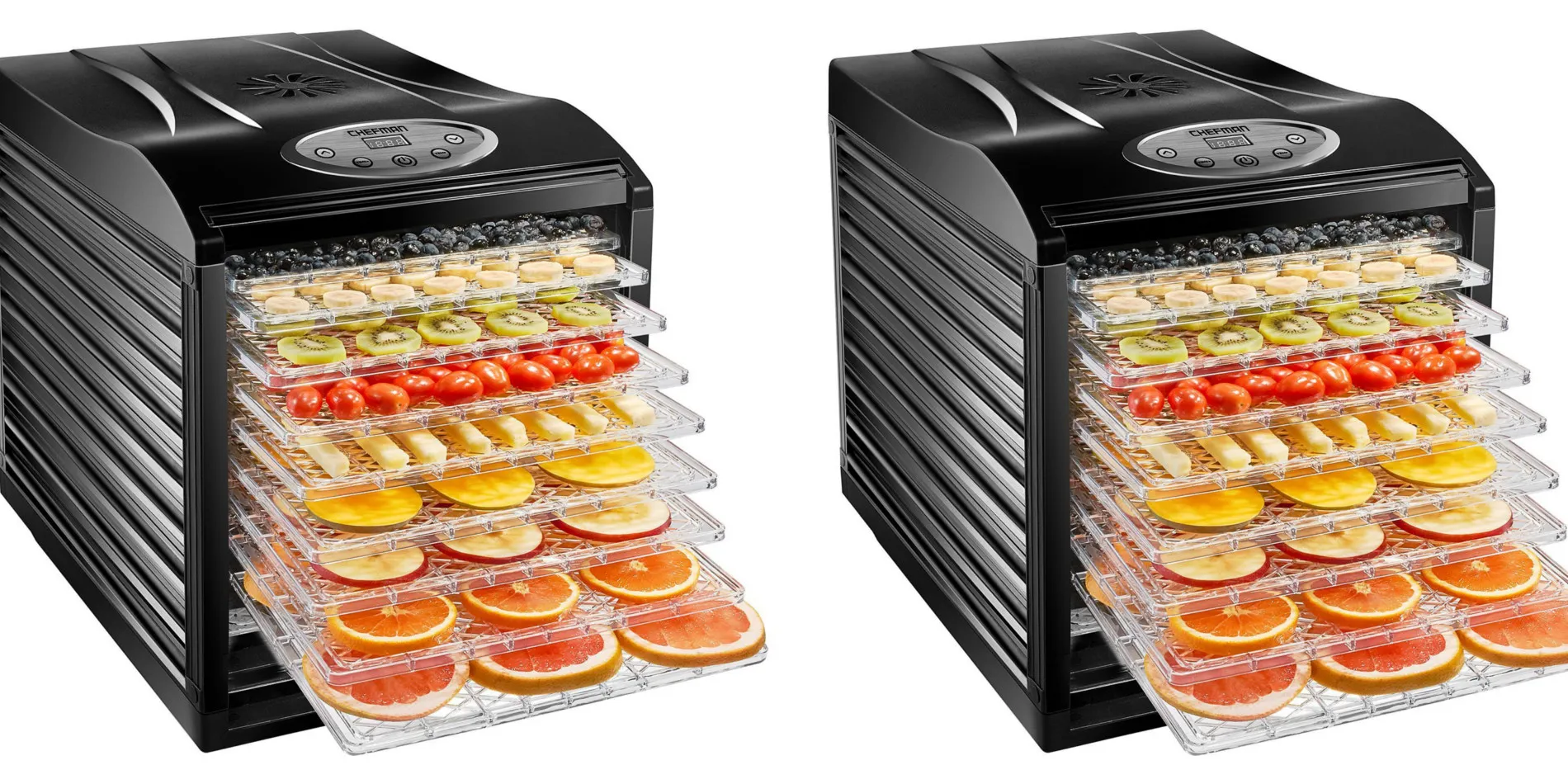
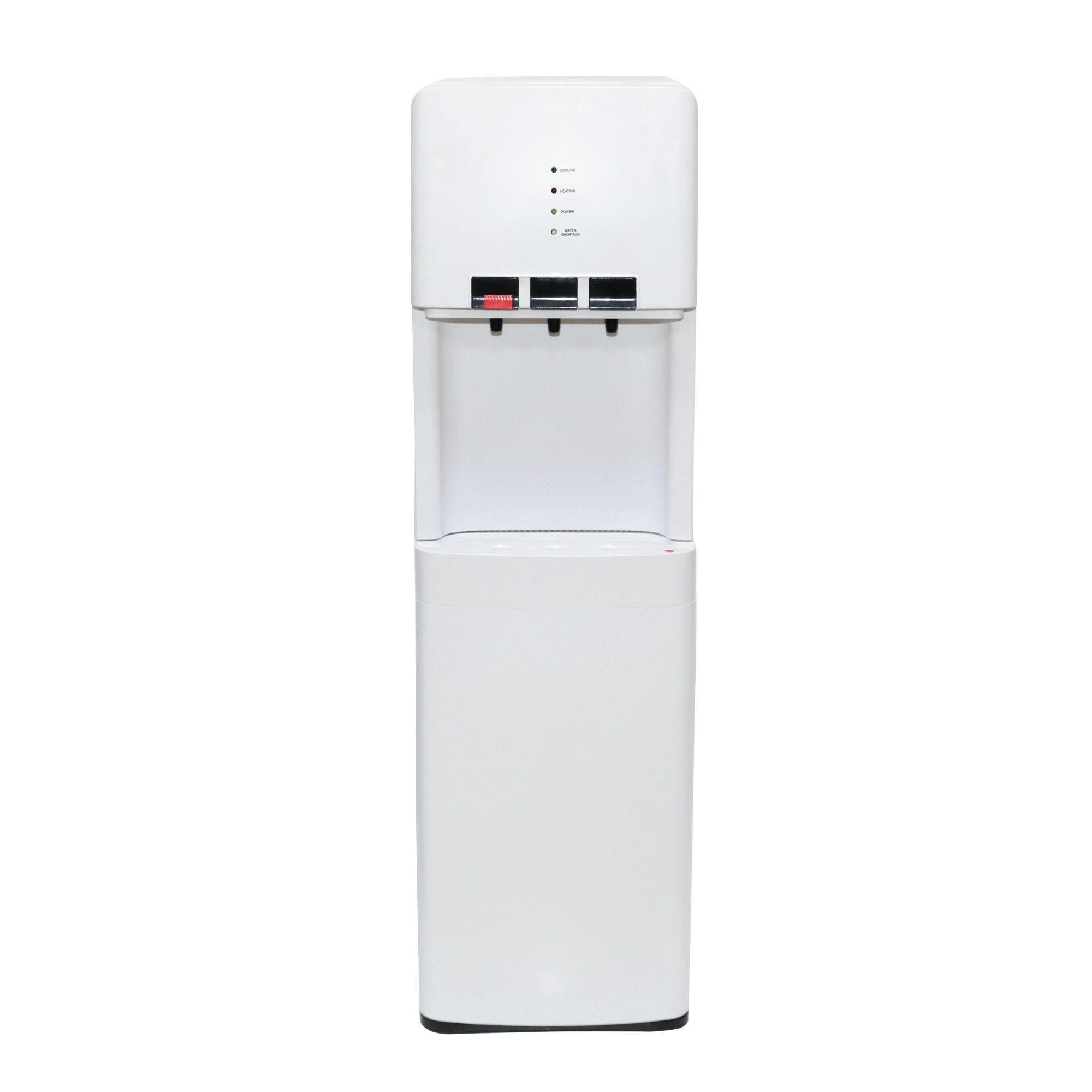
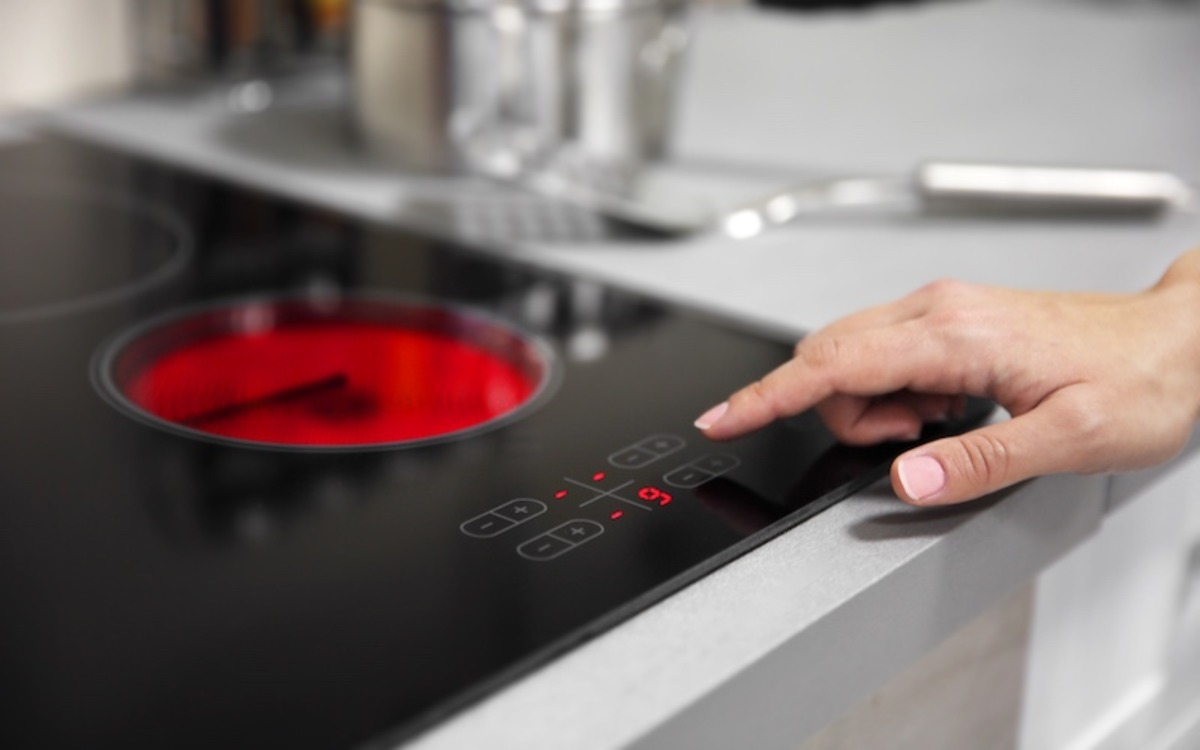
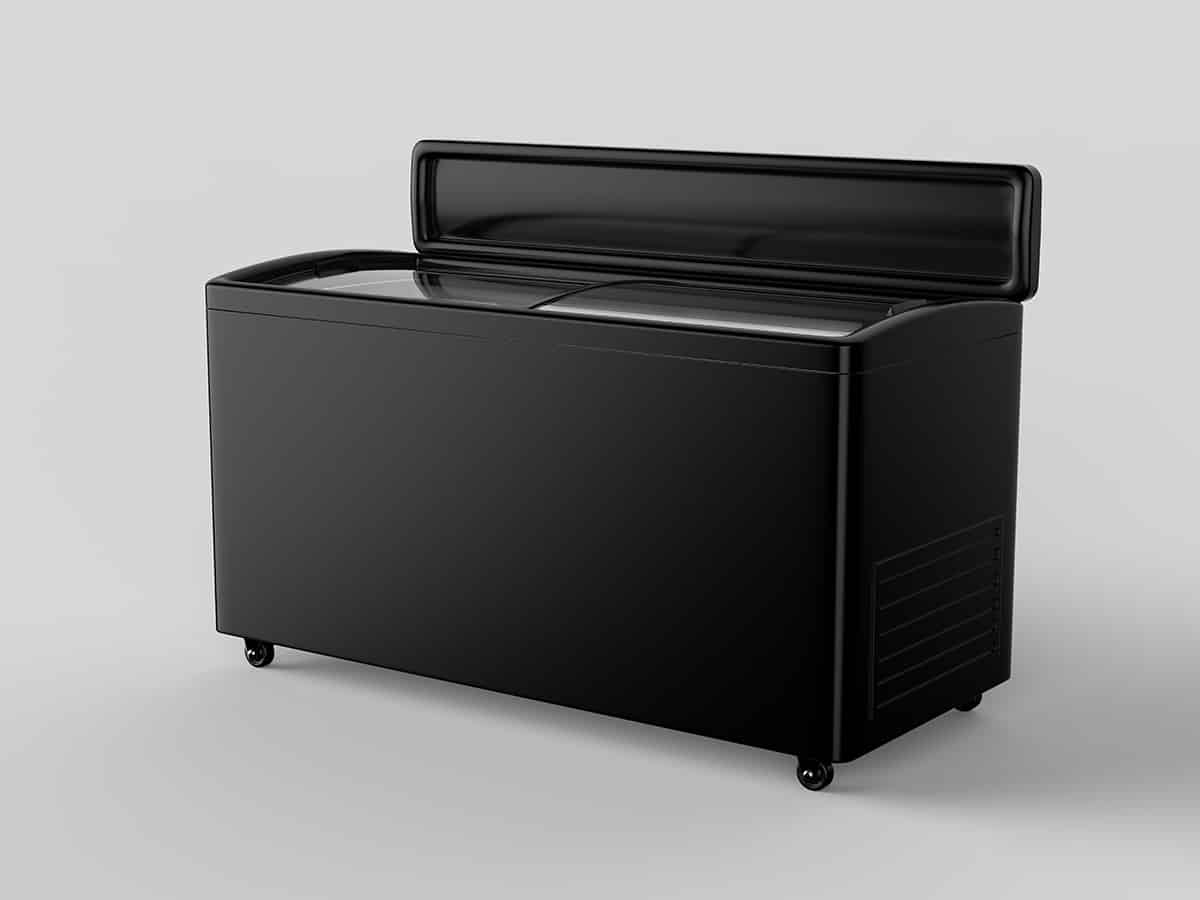
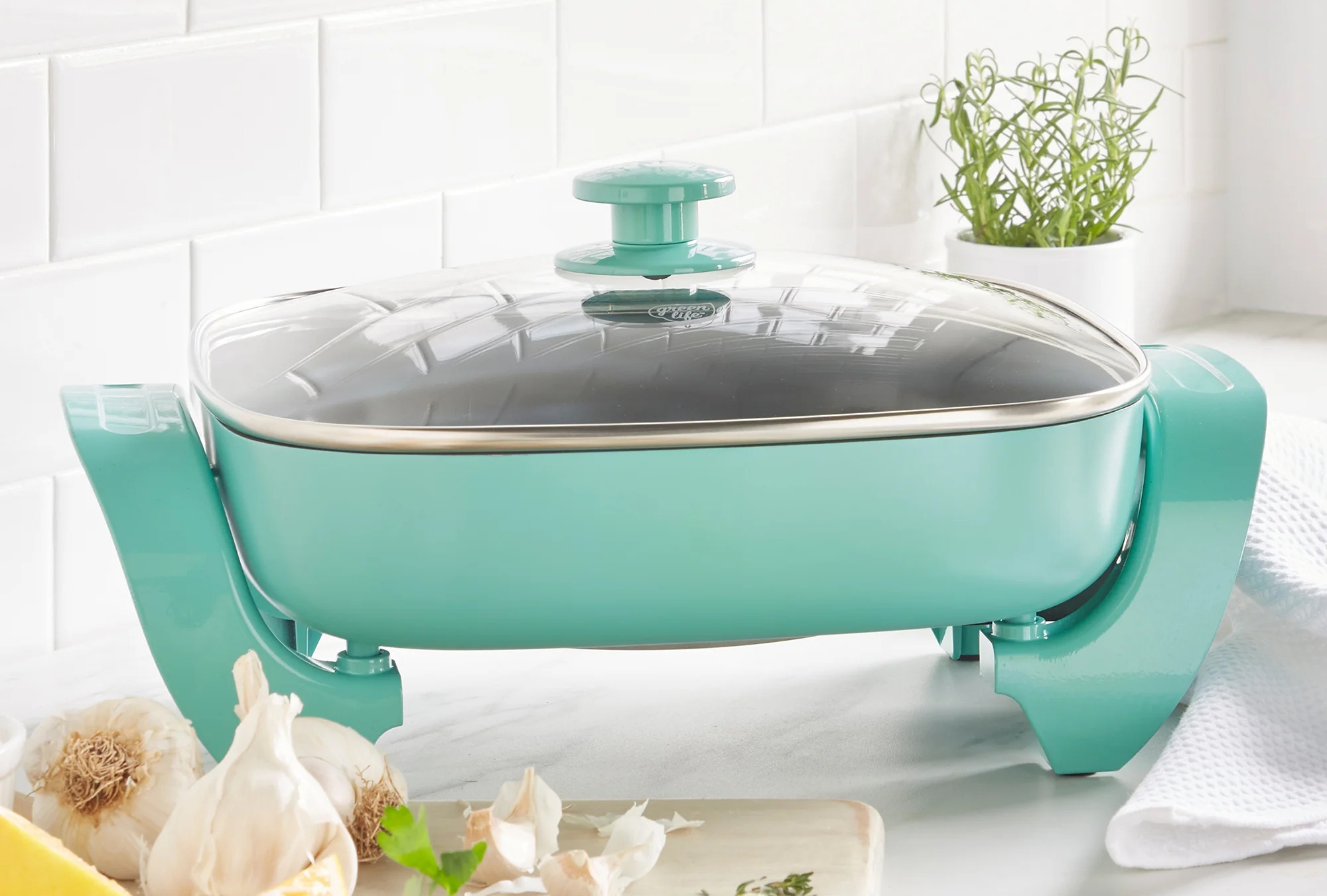
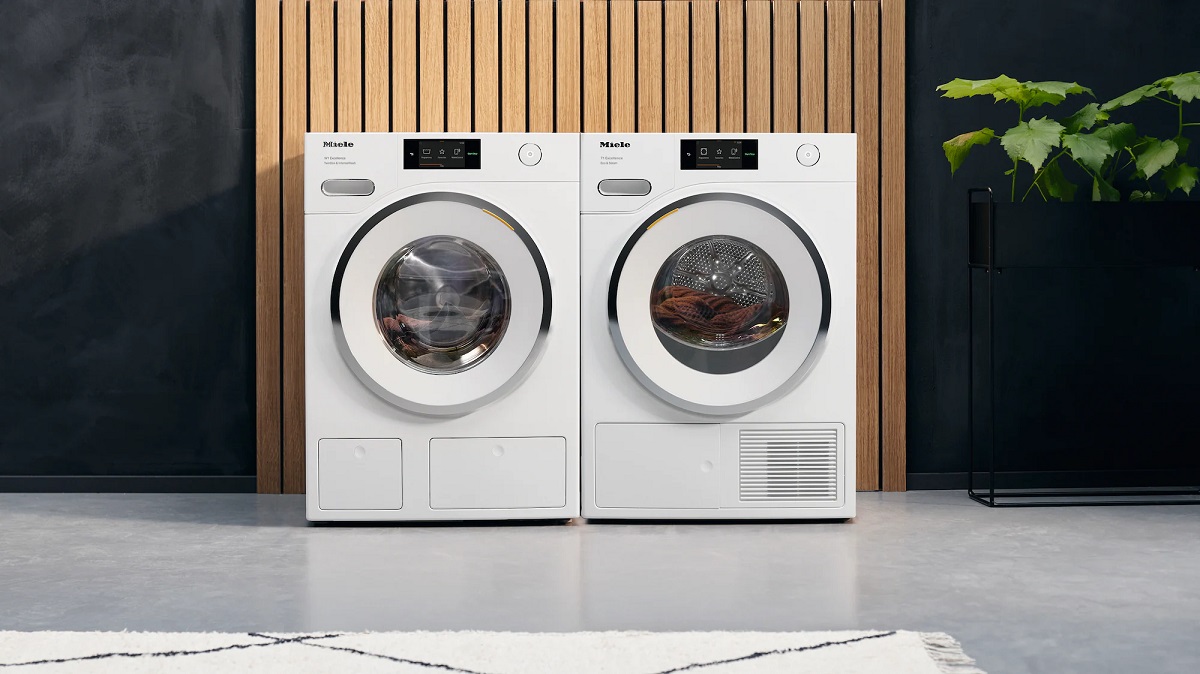
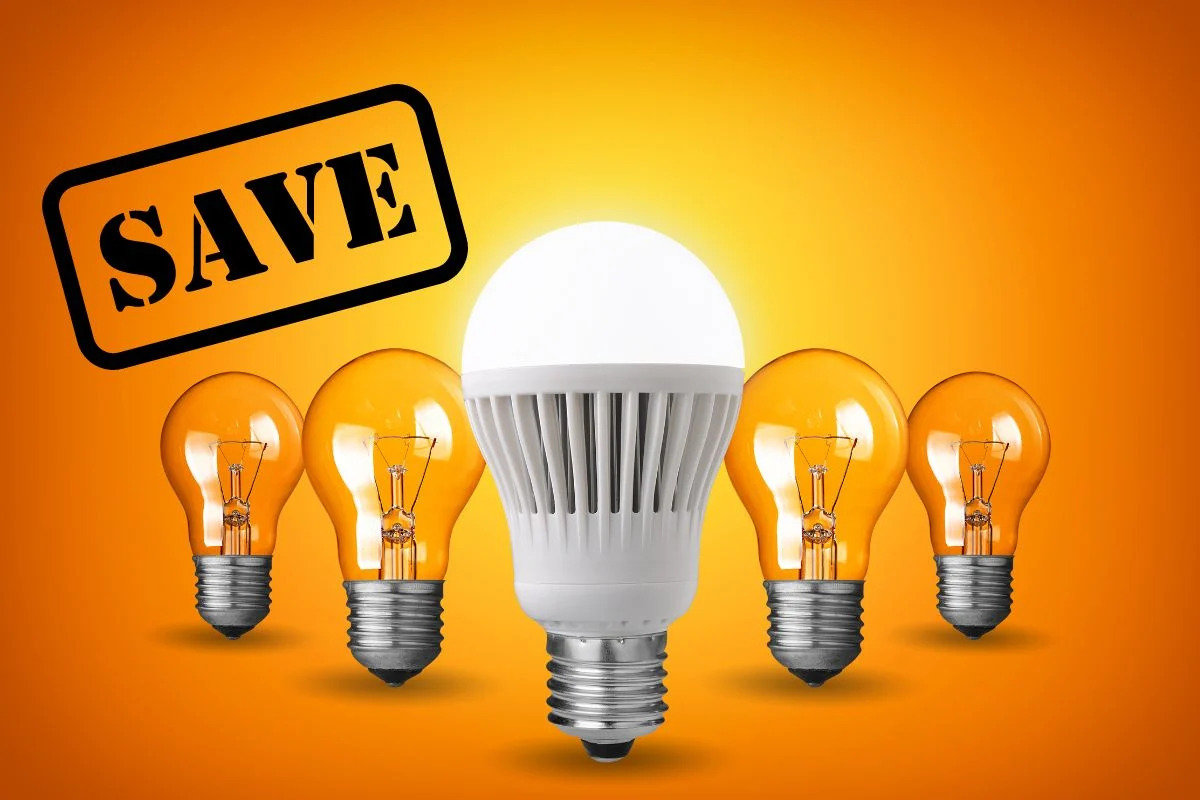
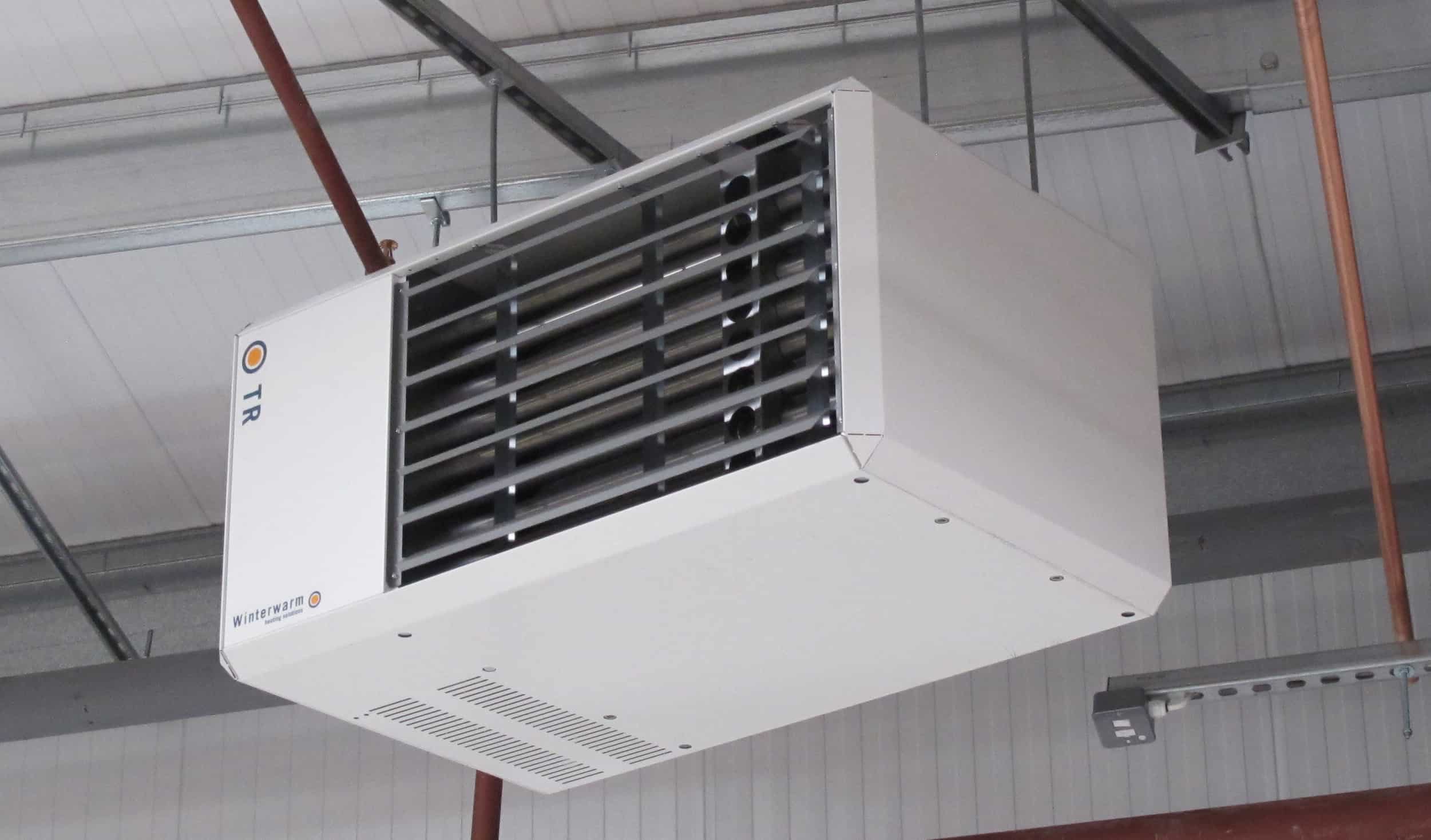
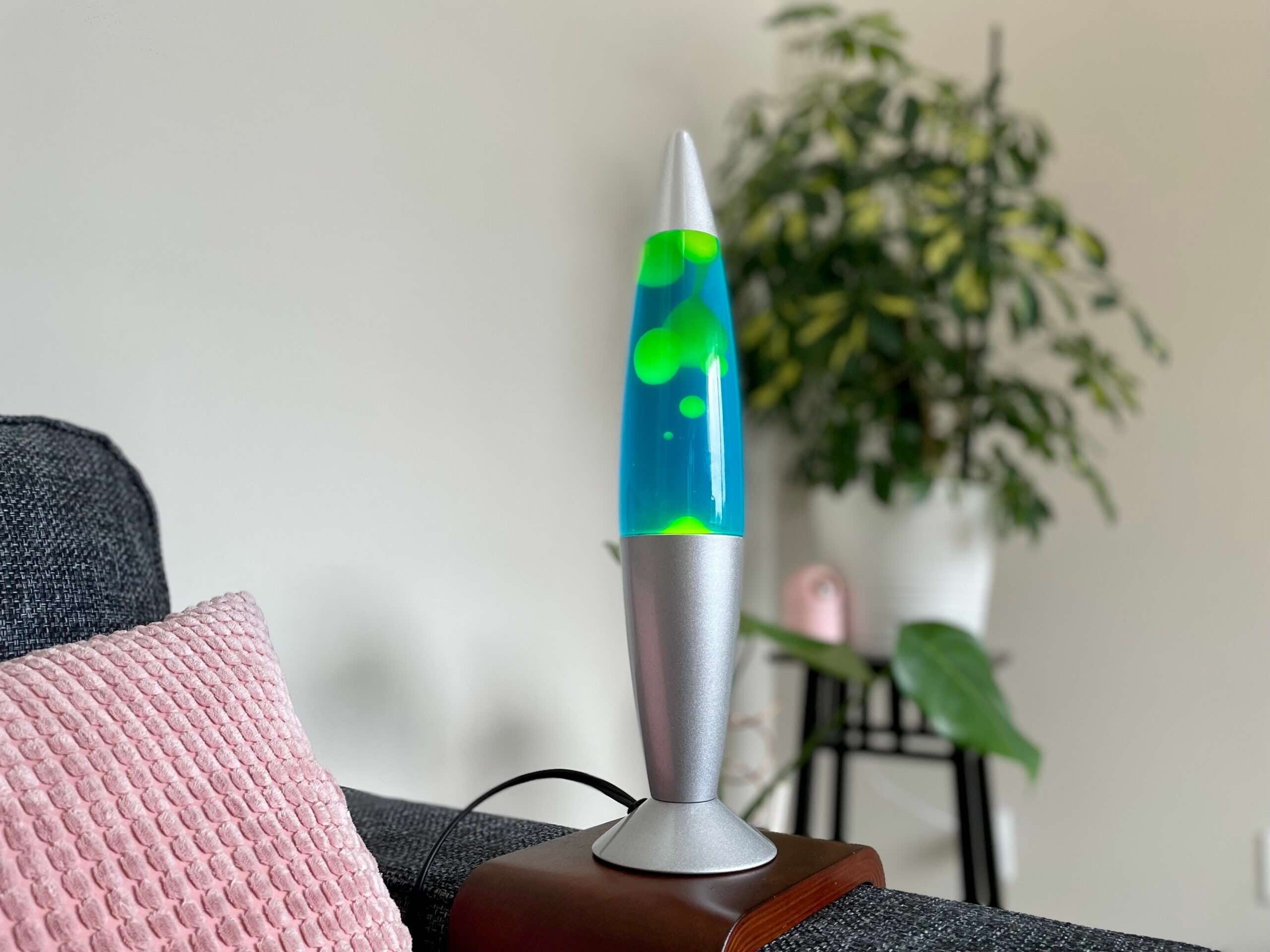
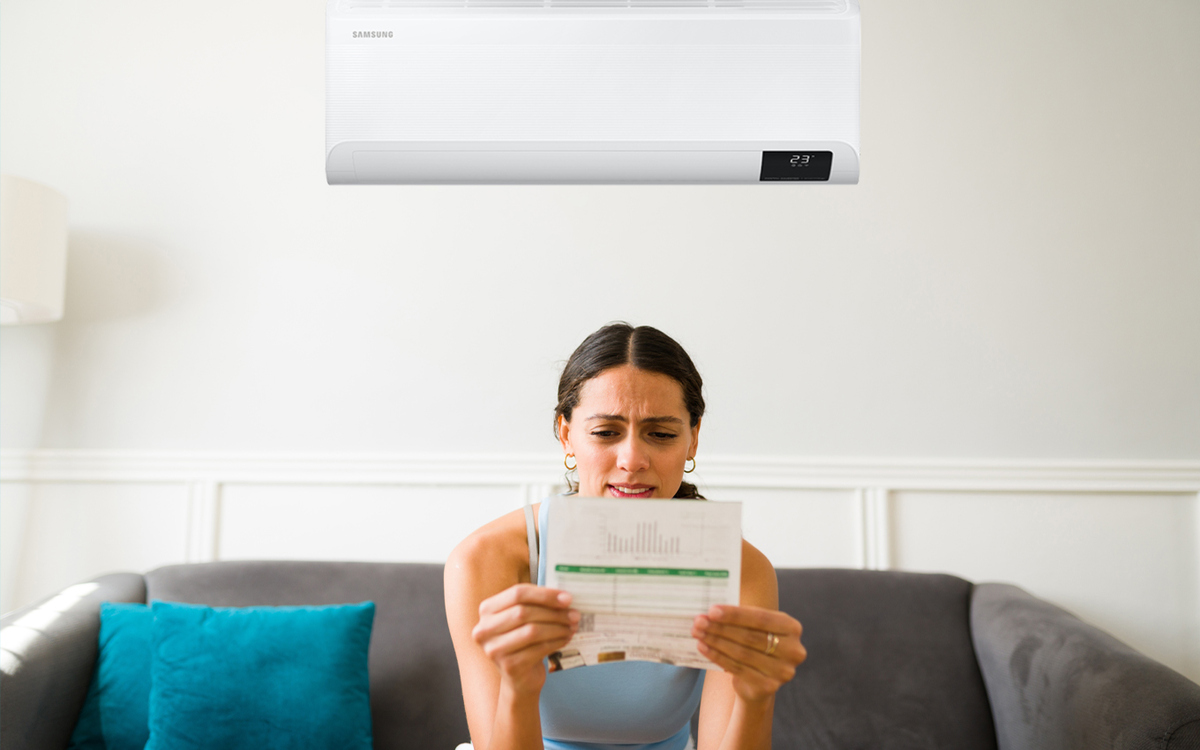
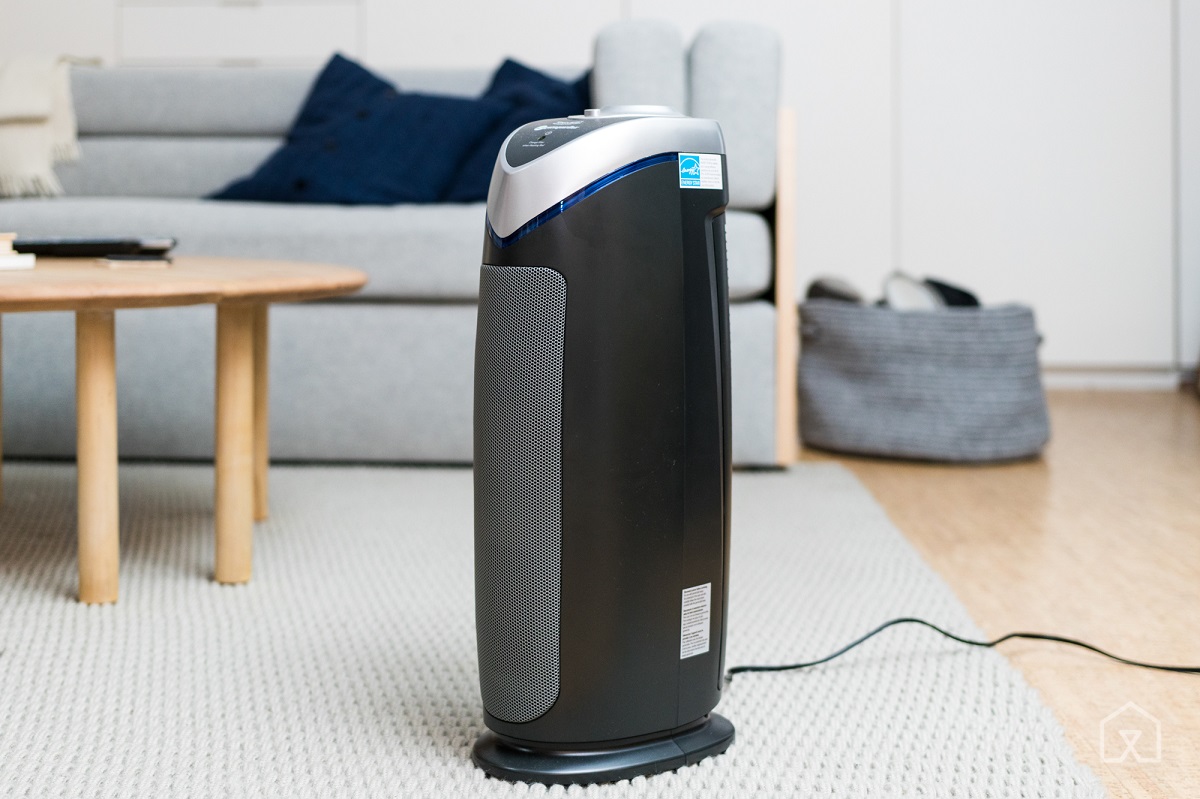
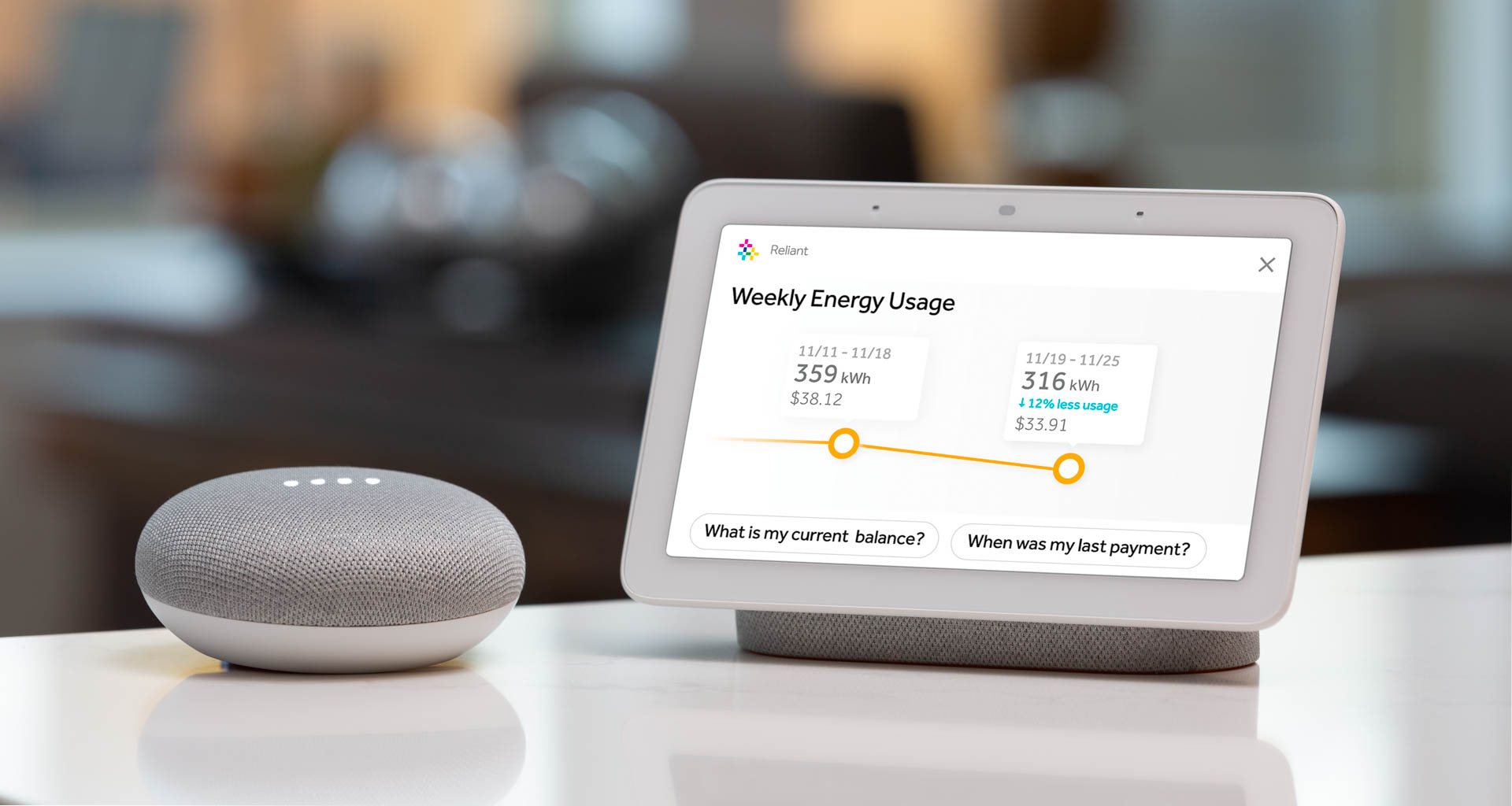
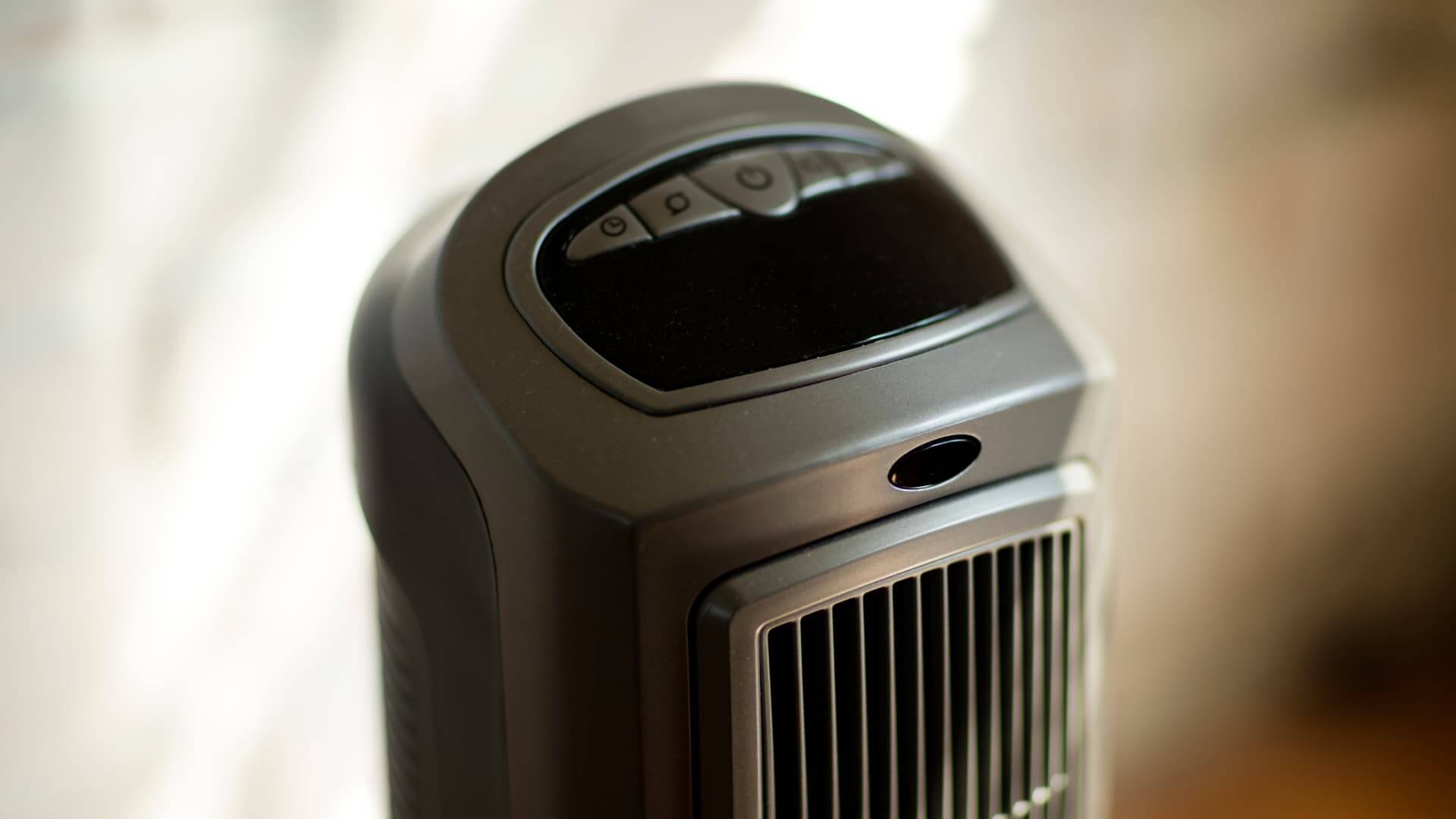
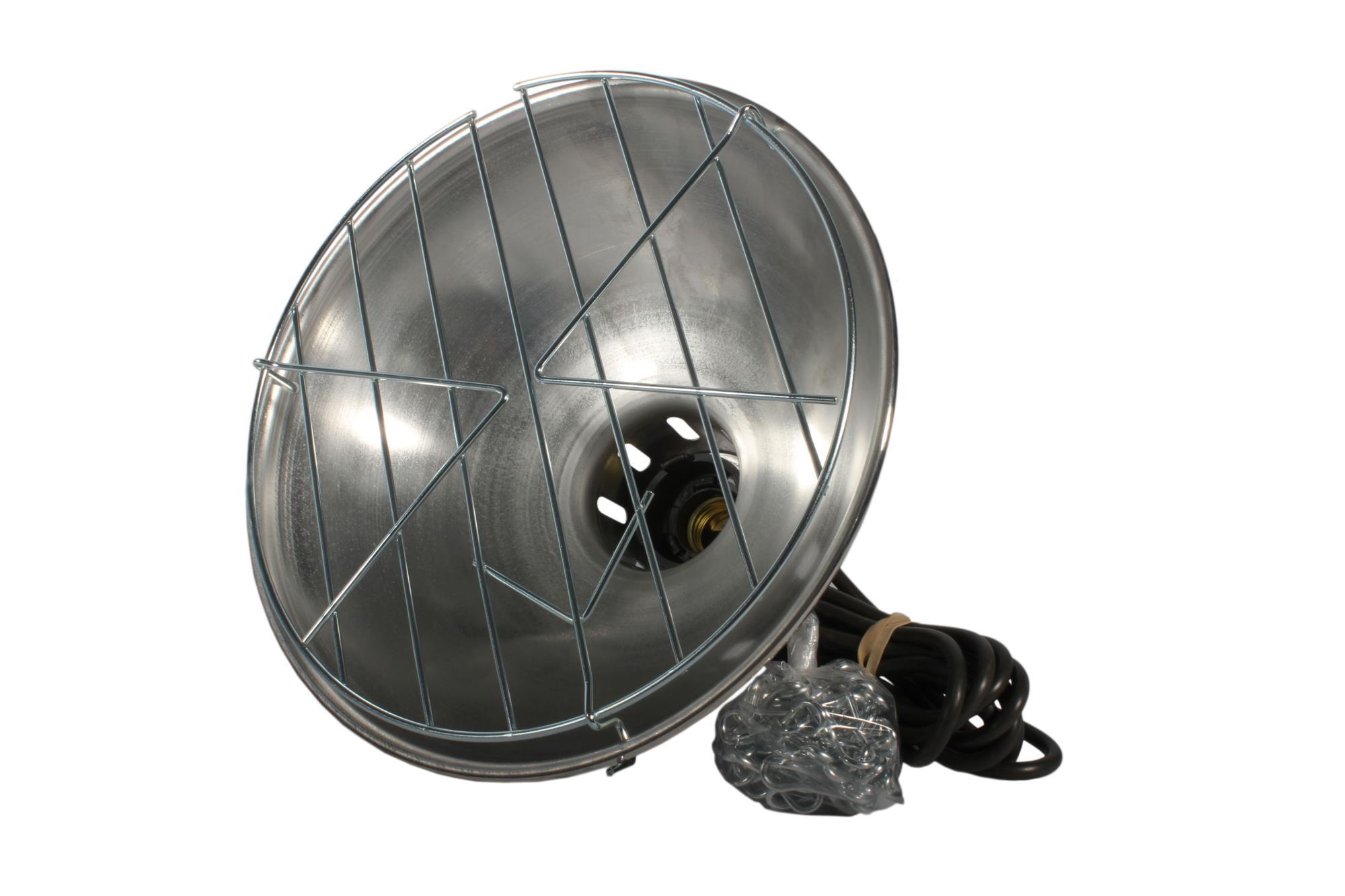

0 thoughts on “How Much Electricity Does A Power Strip Use”